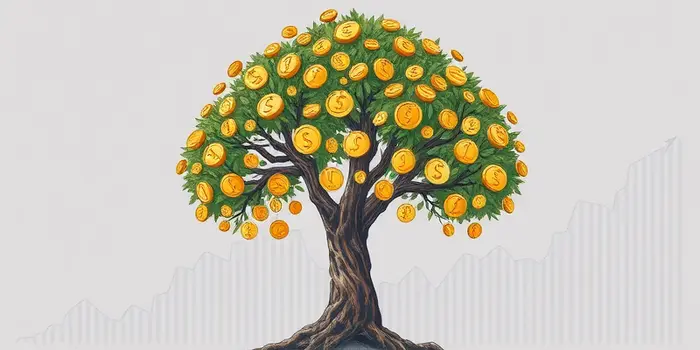
Dividend investing offers a powerful pathway to financial independence by providing a predictable passive income source. Instead of relying solely on stock price appreciation, investors can harness the power of dividends—regular payments made by companies to their shareholders. This strategy can become the backbone of a long-term, sustainable wealth accumulation plan, particularly valuable in times of market turbulence or retirement.
At its core, dividend investing involves purchasing shares of companies that distribute a portion of their earnings to investors. These distributions, known as dividends, are typically paid quarterly, though some firms opt for monthly or annual schedules. By focusing on businesses with a history of consistent payouts, investors aim to build a robust, diversified dividend portfolio that generates reliable cash flow.
Dividends are expressed as a percentage of a stock’s current price—its dividend yield. For example, a company paying a 5% annual dividend on a $100 share provides $5 yearly, or $1.25 per quarter. Over time, reinvested dividends can compound, growing both the dividend stream and the share count through compelling dividend reinvestment plans (DRIPs).
When a company declares a dividend, it sets an announcement date, an ex-dividend date (the cutoff to receive the payout), a record date (identifying eligible shareholders), and a payment date. Investors holding shares before the ex-dividend date receive the upcoming distribution. This schedule provides clarity and planning power, making dividends a steady, predictable income stream.
Firms that consistently raise dividends over many years earn the title “dividend aristocrats.” These companies, often blue-chip names in sectors like consumer staples or utilities, demonstrate financial strength and management discipline. Their track record of increasing payouts for 25+ consecutive years offers investors confidence in future distributions, even during economic downturns.
Dividend stocks present unique advantages over purely growth-focused equities. Many investors prioritize these shares for their income stability and growth potential.
Investors can access dividends through individual stocks, exchange-traded funds (ETFs), mutual funds, or even real estate investment trusts (REITs). Each vehicle offers unique benefits and risks.
Selecting the right approach depends on your investment goals, time horizon, and risk tolerance. Passive investors may lean toward ETFs, while those seeking control may prefer hand-picked stocks.
Evaluating dividend opportunities requires understanding several core metrics. These indicators help gauge the sustainability and attractiveness of a company’s payout policy.
A sustainable payout ratio—typically below 60%—ensures the company retains enough earnings for growth and debt servicing. Examining cash flow statements, profit margins, and debt levels further confirms a firm’s ability to maintain or raise dividends.
Creating a portfolio that delivers consistent income involves careful planning and ongoing management. Begin by defining your income objectives and acceptable risk level. Decide what portion of your overall assets will be allocated to dividend investments.
Diversification across sectors and industries mitigates the impact of a payout cut in any single company. Regularly review your holdings to detect declining yields, concerning balance sheets, or stagnant earnings. Rebalance periodically to maintain your target allocation and remove underperforming names.
Balancing these factors helps you decide whether dividend investing aligns with your financial plan. For income-focused investors, the benefits often outweigh the drawbacks, especially when dividends form a meaningful portion of total return.
Consider a stock yielding 2.28% annually. A $10,000 investment delivers approximately $228 in dividends before taxes. In contrast, a diversified dividend ETF with a 5% yield pays about $500 per $10,000 invested.
By enrolling in a DRIP, these dividends automatically purchase new shares, fueling long-term, compounding wealth growth. Over a decade, reinvested dividends can significantly boost total return, often surpassing the performance of non-dividend growth stocks in similar sectors.
Dividend income may qualify for lower tax rates if deemed “qualified dividends” by local regulations. However, ordinary dividends can be taxed at your standard income rate. Understanding your jurisdiction’s rules on withholding tax, dividend exemptions, and applicable credits is crucial for maximizing net returns.
Other best practices include prioritizing companies with a strong history of dividend increases, monitoring payout ratios, and avoiding overly high yields that may signal financial distress. Always account for brokerage fees or fund expense ratios when calculating net income.
Dividend investing represents a compelling strategy for those seeking dependable income, potential capital appreciation, and lower market volatility. Whether you’re nearing retirement or building a portfolio for future financial freedom, dividends can serve as a cornerstone of your plan.
By applying disciplined research, diversifying across sectors, and reinvesting payouts, you can cultivate a sustainable income stream that endures market cycles. Embrace the journey of dividend investing to unlock a reliable pathway toward your financial goals.
References













